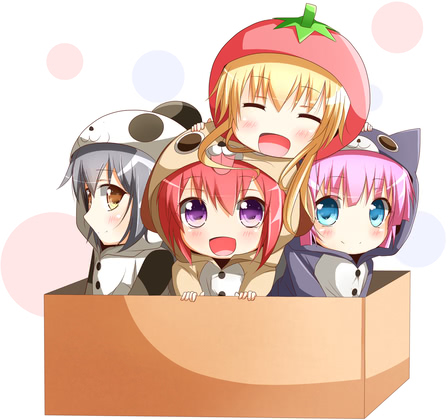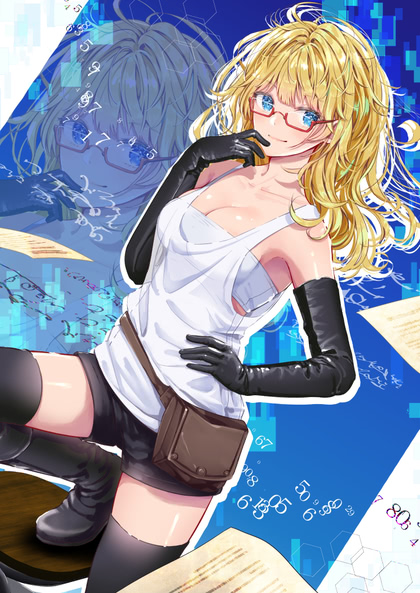Purge Nozzles, Not People
If you want to print stackable boxes…
…this is a well-designed set, with free samplers. The only real limitation (besides the time and cost of 3d-printing boxes in the first place) is that stacking only works one way. For instance, you can stack 3 1x1 boxes/lids on a 3x1, but not the other way around. They’ll be almost stable, but not quite.
I’m going to reverse-engineer the design into a parametric OpenSCAD program. Not to undermine his sales, but to alter the basic layout (multiples of 60mm X/Y and 20mm Z) to better suit my needs. If I ever get to drive to a kumihimo conference again, I could do with some better organization for supplies. The incredibly cheap stackable pencil and crayon boxes at Michaels were the sensible choice for my large collection of tama of different weights and sizes, but there’s a bunch of fussy little stuff that still ends up in ziploc baggies and makeshift toolboxes.
I could also do something like the box inserts people are creating for board games (one of the refreshing non-printer-parts categories of object being posted), but I like the flexibility of the grid design.
+1 Bed Of Adhesion
The Dremel 3D45 has a removable glass print bed. I have two of them, so I can pull out a finished print and immediately start another one, allowing the first bed to cool and release the print.
Occasionally, objects with large flat bottom surfaces show a diagonal wave pattern that indicates the nozzle is too close to the bed, something I thought I’d sorted out weeks ago. It wasn’t until I tried printing various samples from the above box set back-to-back on freshly-cleaned beds that I caught on: my two beds have slightly different heights. I’ve now labeled the one that requires an extra +0.1mm Z offset.
(I really miss the tool-height sensor on my Nomad CNC; a lot of 3D printers have automatic bed-leveling systems, but you pretty much have to go to industrial models to get one that can verify the exact Z position of the nozzle tip(s))
Microfiber and a binder clip
I went with the simplest filament filter and loaded up the Sunlu PETG again. Much better, with only the expected minor defects of a filament I haven’t gotten the parameters quite right for. The only poor result came from printing something large enough that the skirt ran all the way to the edge of the bed, and lost adhesion in a few small spots. It didn’t harm the print at all, since the head never even passed over the skirt once it got the first layer down. Either I didn’t have enough hairspray at the edge of the bed, or it was just enough cooler at the edge to pull up the corners a bit; both are fixable, since I was at the low end of the temperature range and I have lots of hairspray.
Comments via Isso
Markdown formatting and simple HTML accepted.
Sometimes you have to double-click to enter text in the form (interaction between Isso and Bootstrap?). Tab is more reliable.


